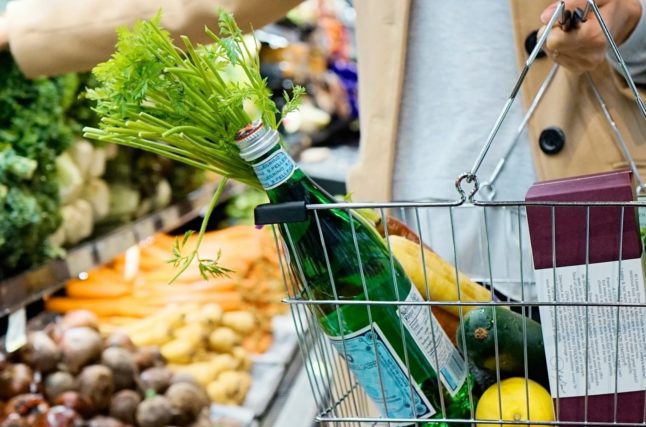Prices have been soaring in Switzerland since the war in Ukraine erupted in February 2022, and the upward trend has been continuing ever since, at least for certain products.
This is the finding of the Swiss Consumer Price Index released by the Federal Statistical Office on Wednesday.
It shows both bad and (relatively) good news.
First, the bad:
Inflation, which stood at 2.8 percent on average in 2022, has driven rents, as well as prices of natural gas, petroleum products, and cars upwards.
The good news, however, is that the price of mobile and fixed telecommunications, fuel, heating, and domestic products like local fruits and vegetables, has dropped by 0.2 percent in December 2022 (while imported goods became more expensive).
However, as anyone living in Switzerland and paying bills knows, price hikes for many goods and services have been far more extensive.
Electricity has soared by 20 to 60 percent, depending on the place of residence, and healthcare premiums skyrocketed by 6.6 percent on average, with many cantons’ rates far exceeding that number.
Swiss government confirms ‘sharp increase’ in electricity prices
Which Swiss cantons will see the biggest increase in health insurance premiums?
Food also became more expensive; generally speaking, up to now the price of pasta rose by 13 percent, cooking oil by 11 percent, and butter and coffee by 10 percent each.
Next are fish (9 percent); poultry, milk and yogurt (5 percent); bread and eggs (4 percent); and beef (3 percent).
Among non-foods, the price of toothpaste and other dental hygiene products rose by 12 percent, and clothing and shoes by 4 percent.
READ MORE: Switzerland: What can you expect to spend the most money on in 2023



 Please whitelist us to continue reading.
Please whitelist us to continue reading.
Member comments